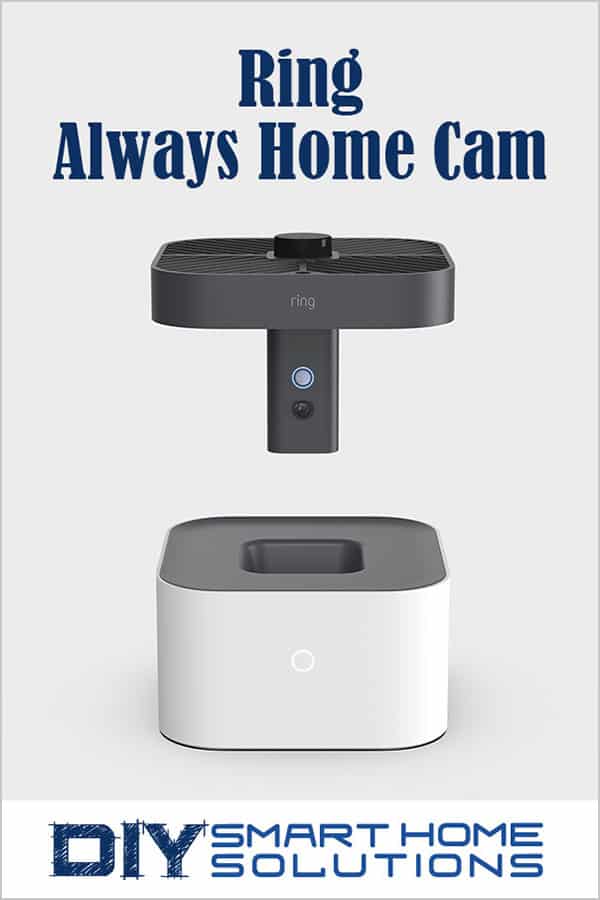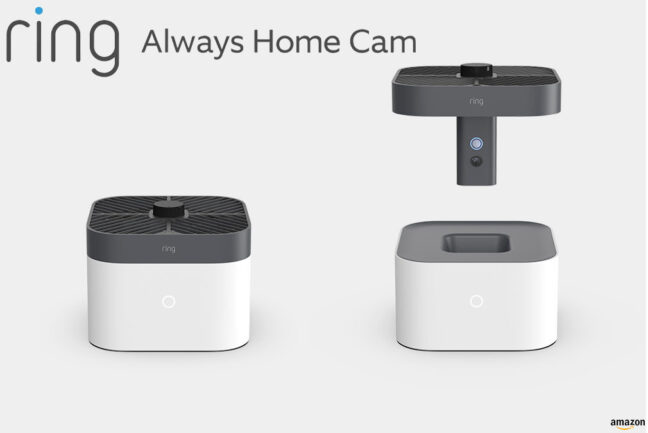

Static cameras offer continuous monitoring, while the best the drone can do is reactive monitoring, as shown in the video. However, I’d argue that for security purposes (which is what this drone seems to be all about), it’s not nearly as useful as a static camera is. That would still leave some odd corners and stuff that the drone could get to, but I can’t imagine ever needing to urgently look at those corners remotely.įor larger houses, scaling is going to be different, and you may get to the point where you would actually break even on all the cameras you’d need. My one camera can’t monitor the kitchen or bedroom or office the way a Ring’s drone could, but if I really felt the need to monitor those things, I could buy three more cameras and still have $150 left rather than going with the drone. But the real question is, can a few cameras cover the parts of your house that you actually care about? For example, in my (admittedly small) apartment, one static camera covers most of the living room, the front door, and the stairs up to my office. Cameras are static (although you can pay a bit more for pan/tilt options), meaning that the drone can visually survey a lot more of your house than the cameras can. So you could get 10 of them for the cost of the Ring drone. Today you can get a totally decent indoor security camera for as little as $25, and the cameras are usually trivial to set up and keep running. In this case, we can compare the drone to a network of indoor security cameras. First, an important question to ask about any consumer robot that purports to be useful is whether the robot is, really, just a flashy and cool way of doing something that could be done more easily, more reliably, and more cheaply with a more conventional system. My skepticism comes from a few different places. But is it a good idea, and should you buy one? Personally, I wouldn’t recommend it. It seems like it could do what it says it does under some amount of as yet to be revealed constraints. So is this a realistic product? Sure, I don’t see why it wouldn’t be.

Ring also says that “designed with privacy in mind, the motors even hum when in flight” which is a ridiculous statement to make because it’s a drone, of course the motors hum when in flight. I like that the user can only direct the drone to specific waypoints rather than piloting it directly, which (depending on how well the drone actually performs) should help minimize crashes. It’s also nice that you don’t have to worry about weather, and minimal battery life isn’t a big deal since you don’t need to fly for very long and the recharging dock is always close by. Ring says that you pre-map the areas that you want the drone to fly in, which works because the environment mostly doesn’t change.

My guess is that there’s a planar lidar right at the top that the drone uses to localize, and that it probably has a downward-looking camera as well.
Ring hasn’t revealed a lot of details on the drone itself, but here’s what we can puzzle out. But, it’s a product launch video, so, who knows? It’s not like the drone can do anything, and he could just knock it out of the air. I honestly don’t know why that fake burglar is any more worried about the Ring drone than he would be about a regular security camera. It costs US $250 and is designed to closely integrate with the rest of Ring’s home security hardware and software. Yesterday, Ring, the smart home company owned by Amazon, announced the Always Home Cam, a “next-level indoor security” system in the form of a small autonomous drone.


 0 kommentar(er)
0 kommentar(er)
